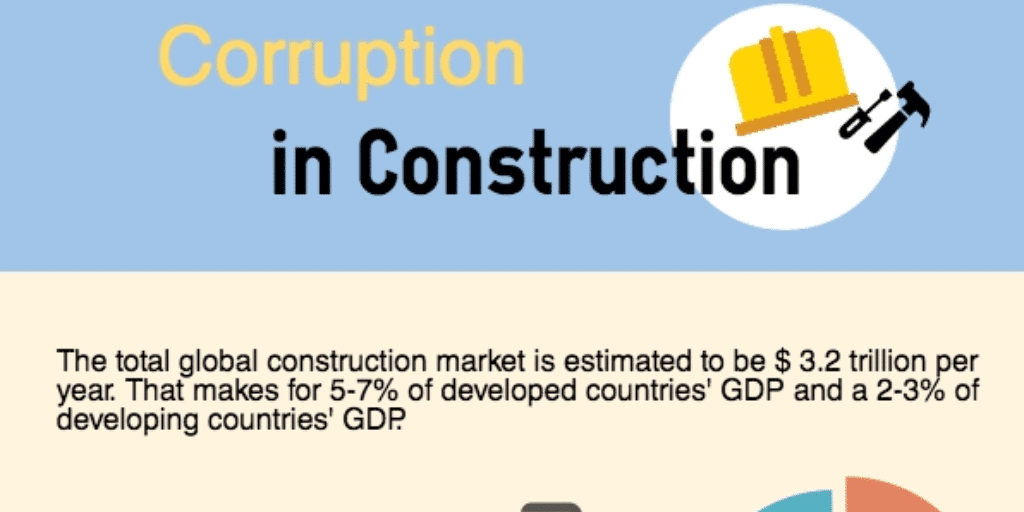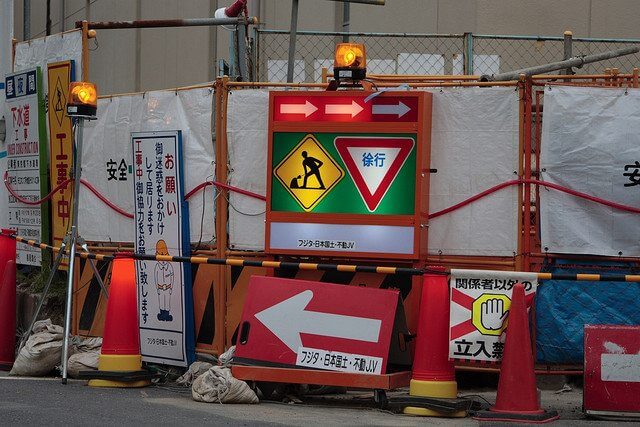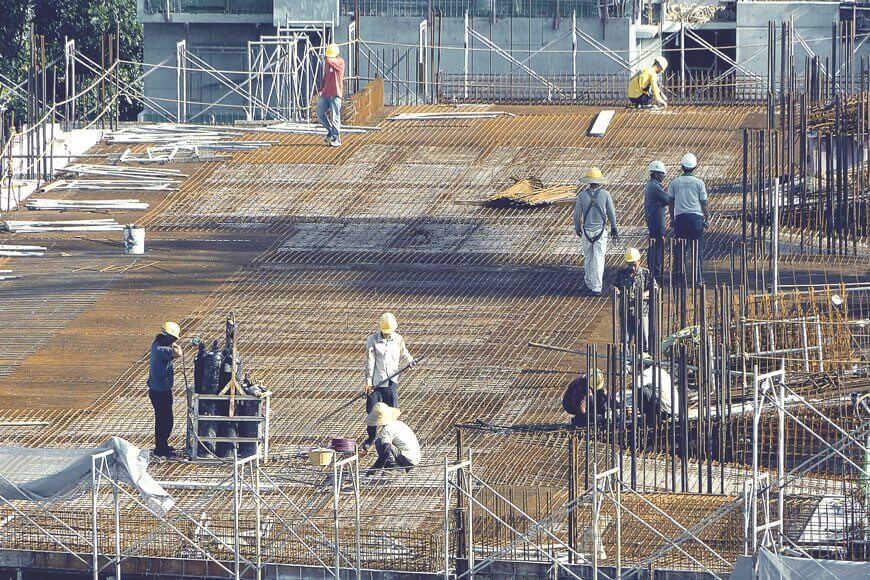
Why is construction prone to corruption?
The construction market is huge – so huge that it is estimated to be worth more than $ 3.2 trillion per year and make up for 2-3% of developing countries’ GDP and 5-7% of developed countries’ GDP. The yearly global construction output is expected to become $ 17.5 trillion by 2013.
The amount of losses through corruption range between 10 and 30%, which together with mismanagement and inefficiency makes up for close to $6 trillion losses. These numbers highlight the size of the problem and why eradicating corruption would make a big difference for the industry and for the overall economy.
Corruption is something most contractors don’t want to engage in, but feel like they have to because of the existing practices in the industry. In the Global Corruption Report, Neill Stansbury examines the causes of corruption in construction and lists 13 reasons why this industry is so prone to corruption.
1. Size of projects
The bigger the construction project is, the bigger the chance to sneak in extra costs, especially when building infrastructure.
2. Uniqueness of projects
Since construction projects are never the same, comparing them is extremely difficult -if not impossible- which provides with opportunities for bribing and inflating costs.
3. Political involvement
Governments regulate the industry from above and abuses of power happen when officials’s behavior is not supervised. Every permit or approval from public authorities represents an opportunity for bribery.
4. High number of contractual links
Building infrastructure is only possible through long and complex transaction chains which can mean up to 1000 contractual links and countless people involved. Therefore, control measures are hardly ever effective.
5. Number of phases
The averagely high number of phases in a project plus outsourcing tasks and parts of the project to contractors and subcontractors makes oversight of the project as a whole very difficult.
6. Complexity of projects
The many stages of every project help conceal mistakes due to poor management and false claims for added costs.
7. Lack of frequency of projects
Big construction projects, especially infrastructural projects, don’t happen often. The stakes are high and getting a project often means huge profit margins or even the survival of a contractor – which is why many are tempted to get their projects with the help of bribes.
Find here: Construction fraud – How to prevent it
8. Work is concealed
It’s often hard to tell the quality of a contractor’s work since workmanship and materials are often concealed underneath layers of other materials, which is why a job poorly done is often not so easily noticeable.
9. Culture of secrecy
Which is the opposite of transparency. Since construction lacks a culture of transparency, it’s easier for contractors to keep real costs secret in the name of confidentiality.
10. Entrenched national interests
Public companies often hold a semi-monopoly of the market, making it almost impossible for private companies to compete with them.
11. No organization governs the industry alone
Each profession and trade has different codes of conduct and practices and they all have to cooperate to bring construction projects to life.
12. Lack of “due diligence”
Due diligence makes things work, and the lack of it leaves space for poor work and corruption.
13. Cost of integrity
Sometimes it seems like it’s simply too costly to be virtuous. Those who fit in a corrupt system get far more work than those who don’t.
References
1. https://www.weforum.org/agenda/2016/02/why-is-the-construction-industry-so-corrupt-and-what-can-we-do-about-it/
2. http://www.transparency.org/whatwedo/publication/global_corruption_report_2005_corruption_in_construction_and_post_conflict
3. http://www.globalconstruction2030.com/




